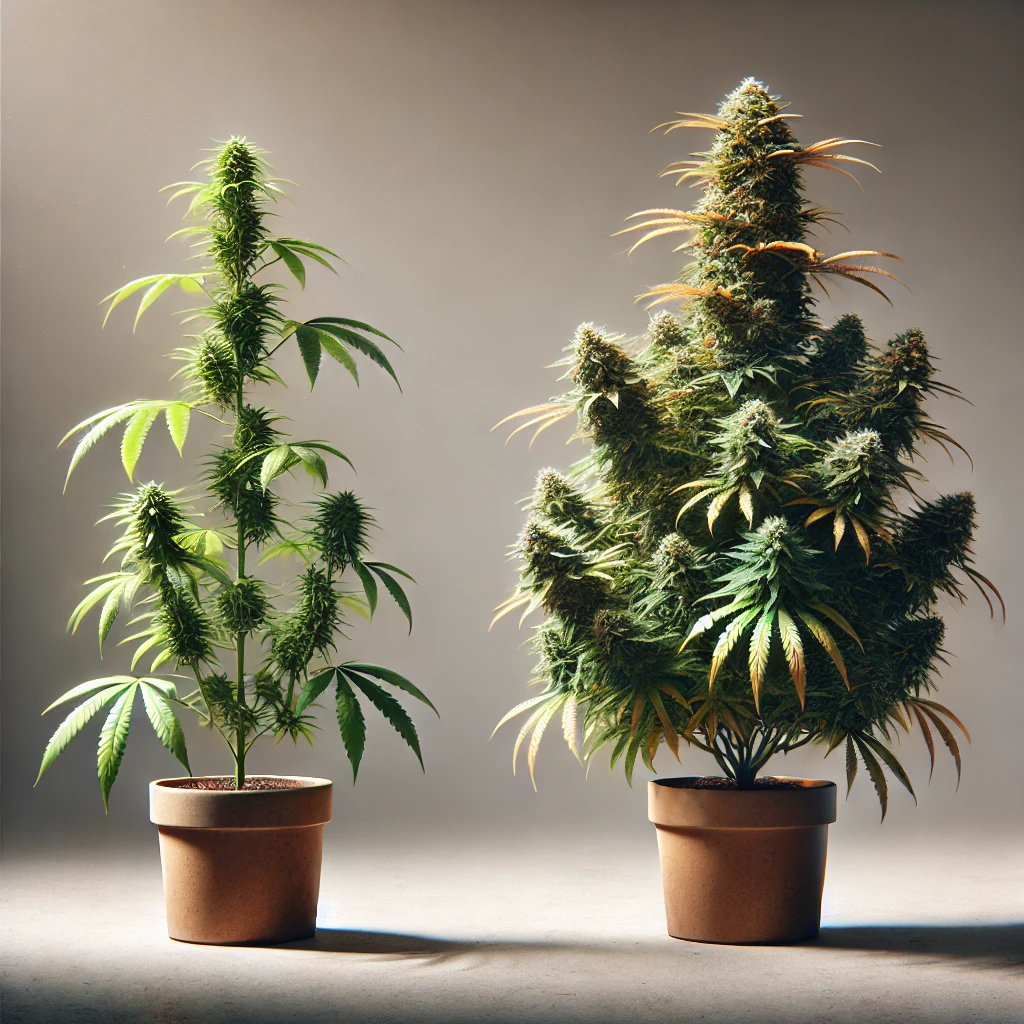Differences Between CBD and CBDP
While they are undoubtedly the most well-known, the world of cannabis is not limited to CBD and THC. Behind them is a whole constellation of compounds called cannabinoids, each with distinct chemical structures and potentially unique effects on the body. Among them is CBDP or cannabidiphorol, a molecule that was recently identified and that today arouses curiosity because it could differ from CBD in the way it interacts with the body. Throughout this article, we’re going to review what is known about each, how they are similar and how they aren’t, and what current studies say about their potential. This way, you can better understand why cannabidiol is so well-known and cannabidiorol is just starting to make its way. What are CBD and CBDP cannabinoids? CBD is short for cannabidiol, one of the most abundant and studied cannabinoids in the cannabis plant. For years it has been the focus of numerous investigations that relate it to the modulation of processes such as inflammation, pain and emotional balance. Today, CBD is considered a reference cannabinoid because it appears in high concentrations in certain cannabis strains and because its safety profile has been widely evaluated. CBDP, on the other hand, corresponds to cannabidiforol, a much rarer cannabinoid. It is detected in extremely small quantities within the plant, making it very difficult to obtain directly. For that reason, most current studies are conducted with lab-produced versions of other extracts. Together, both CBD and CBDP are part of that large family of molecules called cannabinoids that can be inside the body, synthesized in laboratories and, of course, appear naturally within plants. What is CBDP and how was it discovered? Cannabidiophorol belongs to the family of phytocannabinoids, i.e. compounds naturally produced by the cannabis plant. However, this distinction is quite new, since until very recently it was believed that it could only be obtained by chemical processes in laboratories. For decades, CBDP was just a chemical concept. Scientists could synthesize similar molecules in the lab, but their existence in the plant had not been confirmed. In 2019, a team managed to detect it in small amounts in a particular strain of cannabis. According to the study by Haghdoost et al. (2024), this finding allowed it to be reclassified as a natural phytocannabinoid, although he clarified that most experiments with CBDP are carried out with synthetically obtained compounds. A rare cannabinoid in nature The presence of CBDP is so minimal in the cannabis plants tested that looking for it is like trying to find a needle in a haystack made up of many other cannabinoids. This rarity is what makes it a special cannabinoid, as its simple detection was already considered an achievement. The fact that it appears in such low quantities also explains why we still do not see it commercially as it happens with CBD oils or CBD flowers that are available in many places. Structural Differences Between CBD and CBDP When you compare two molecules, sometimes the difference is in details that are almost invisible to us, but huge on the scale of chemistry. CBD and CBDP are a good example. Cannabidiol has a five-carbon side chain, while cannabidiol has seven. It may sound like a minor change, but in the molecular world these variations can modify the way the substance interacts with receptors in the body. Interest in this type of change comes from cases such as THCP, a cannabinoid that, thanks to a longer side chain, showed a very high affinity with endocannabinoid receptors. According to Haghdoost et al. (2024), the possibility of something similar happening with CBDP versus CBD was raised. However, initial experiments did not find significantly greater potency. This structural difference, however, remains the basis for why CBDP is of interest. Comparison of effects between CBD and CBDP on the body To understand how these cannabinoids work, we must first remember that our body has its own system called the endocannabinoid. It is a network of receptors that helps regulate essential functions such as pain, appetite, mood or sleep. The study by Haghdoost et al. (2024) focused on comparing the way CBD and CBDP interact with these receptors, but it did so in vitro, i.e., under laboratory conditions and not directly in humans. That comparison gives us a first idea of how they might behave. Key receptor interactions The results showed that in the CB1 receptors, linked mainly to the nervous system, neither of them generated significant effects. In CB2, which is more related to the immune system, CBD showed a slight advantage over CBDP. When other receptors such as serotonin and dopamine, associated with emotional and motivational functions, were analyzed, CBD again showed some activity, while CBDP had little effect. The most striking difference appeared in the mu-opioid receptor, a key protein in pain processes. Here CBDP did not activate it by itself, but it did seem to boost its signal when other molecules had already stimulated it. This phenomenon is called “positive allosteric modulation.” CBD, on the other hand, showed an opposite effect, tending to reduce activity. This finding opens up the possibility of future research into how CBDP could complement other compounds in pain management. Scientific Research on CBDP and CBD When we talk about science and cannabinoids, the contrast between CBDP and CBD becomes apparent. One is just beginning to be observed in laboratories, while the other already has a solid track record of research in different fields. Exploring what is known about each one is key to understanding how far current knowledge goes and what are the questions that are still open. Initial studies on affinity and potency The team of Haghdoost et al. (2024) set out to directly compare CBDP with CBD under in vitro conditions. This means that the experiments were not done on people or animals, but on cells and controlled laboratory systems. As we noted earlier, the most interesting finding emerged when mu-opioid receptors, which play a fundamental role in pain perception, were analyzed. Unlike CBD, which tends

